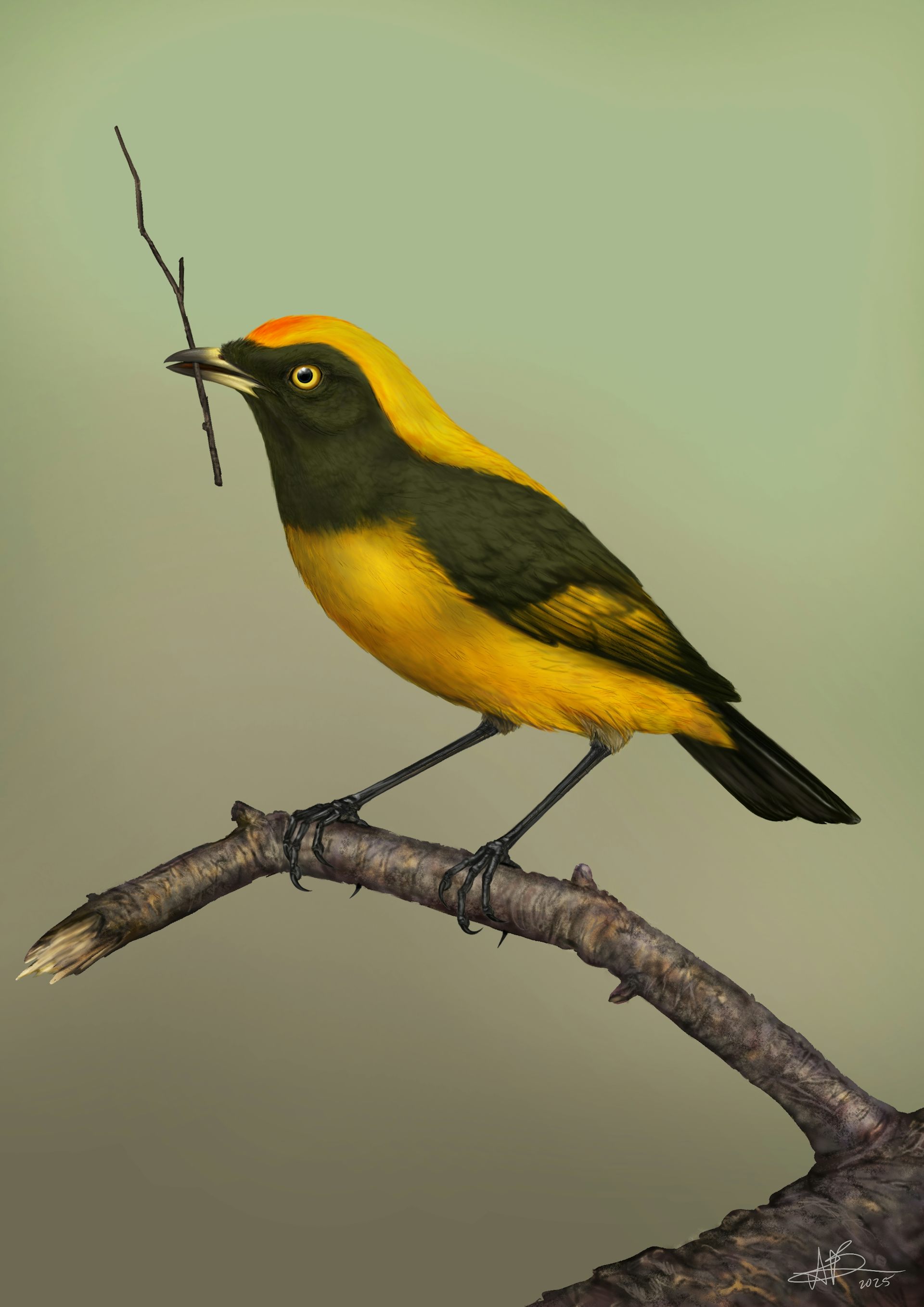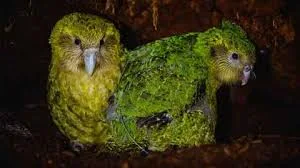
Eurasian penduline tit, Remiz pendulinus
First off, if you came here attracted by the title, hoping to see something about large busty substances, you're in the wrong place. This is about a couple of closely related birds known as the Eurasian and Chinese penduline tits and about how subtle differences in their environments can cause differences in behaviour that act as barriers to hybridisation and so reinforce the evolving divergence into different species. If you're so shallow as to be looking for the former on line, you're probably too shallow to be interested in the latter.
The
Eurasian penduline tit,
Remiz pendulinus, is so called because males build a relatively large, dangling (penduline) nest on the end of thin willow branches or reeds, often over water. He then tries to attract a female to use the nest and, if she approves, he mates with her, and she begins to lay a batch of eggs over the next 14 days but won't permit the male to enter the nest. This choice of location is probably to make it difficult for predators to reach the nest.
The strange thing is each day she covers the eggs in the bottom of the nest before going off to feed herself. This is thought to be due to inter-sex rivalry because either one or the other parent is going to take responsibility for the incubation of the eggs and rearing the chicks and the female needs the male to hang around to mate with her and the male needs her to stay and use his nest so his offspring are in the eggs she lays.
When the batch of eggs is complete, the female, more often than not, incubates them and the male leaves to find another mate, but frequently, it's the female who leaves the male to do the incubation and rearing. Very occasionally, neither parent takes responsibility, and the nest and eggs are abandoned. But the male won't start to incubate the eggs until the batch is complete. Burying the eggs is thought to be an evolved strategy for keeping the male interested until the batch is complete.

Chinese penduline tit, Remiz consobrinus
However, a closely related species, the
Chinese penduline tit,
Remiz consobrinus, has a different pattern of behaviour. The make builds the next in the same way and in a similar position to his Eurasian cousin, and attracts a female to use it. However, she doesn't exclude him from the nest but they both roost in it together at night, and both sexes share responsibility for incubation and rearing the chicks. But, like her Eurasian cousin, the female Chinese penduline tit still assiduously buries her eggs every day. The question is, if this isn't due to inter-sex rivalry as with the Eurasian species, what is it due to? The answer has turned out to be due to subtle environmental differences.
To investigate this difference and the lack of aggression between the sexes by which the Eurasian female keeps the male from entering the nest while she is laying her batch of eggs, Jia Zheng, who had completed her master’s degree under Professor Zhengwang Zhang, from Beijing Normal University, and was now completing her PhD at the University of Groningen, conducted a number of experiment to test out various hypotheses.
The
Groningen University News release explains how she went about it:




















